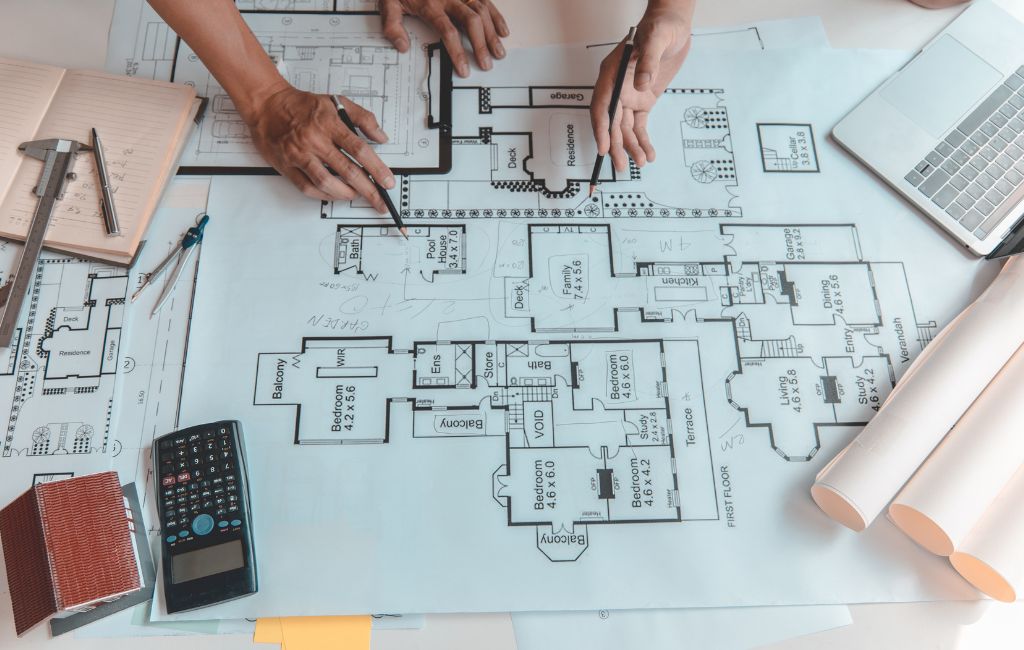-
Table of Contents
- Innovative Architect: Designing Spaces That Inspire
- The Role of Innovation in Architecture
- New Materials and Technologies
- Sustainable Design
- Case Studies of Inspirational Architecture
- The Guggenheim Museum Bilbao
- The High Line in New York City
- The Sydney Opera House
- The Future of Inspirational Architecture
- Biophilic Design
- Adaptive Reuse
- Parametric Design
- Conclusion
Architect Designing Spaces
Architecture has always been a reflection of human ingenuity and creativity. In recent years, the field has seen a surge in innovative designs that not only serve functional purposes but also inspire and uplift those who interact with them. This article explores the ways in which architects are pushing the boundaries of design to create spaces that are both practical and inspirational.
The Role of Innovation in Architecture
Innovation in architecture is about more than just aesthetics. It involves rethinking traditional approaches to design, construction, and functionality. Architects today are leveraging new materials, technologies, and methodologies to create buildings that are sustainable, adaptable, and responsive to the needs of their users.
New Materials and Technologies
One of the most significant advancements in modern architecture is the use of new materials and technologies. These innovations allow architects to create structures that were previously unimaginable.
- 3D Printing: This technology enables the creation of complex structures with precision and efficiency. For example, the first 3D-printed office building in Dubai showcases the potential of this technology in reducing construction time and costs.
- Smart Glass: This material can change its properties based on environmental conditions, improving energy efficiency and comfort. The SageGlass used in the Saint-Gobain headquarters in Paris is a prime example.
- Cross-Laminated Timber (CLT): CLT is a sustainable alternative to traditional building materials. The Brock Commons Tallwood House in Vancouver, one of the tallest wooden buildings in the world, demonstrates the strength and versatility of CLT.
Sustainable Design
Sustainability is a key consideration in modern architecture. Architects are increasingly focused on creating buildings that minimize environmental impact and promote the well-being of their occupants.
- Green Roofs: These roofs are covered with vegetation, which helps to reduce heat absorption, manage stormwater, and provide insulation. The Nanyang Technological University in Singapore features one of the largest green roofs in the world.
- Passive Design: This approach uses natural elements like sunlight and wind to regulate building temperature, reducing the need for artificial heating and cooling. The Bullitt Center in Seattle is a leading example of passive design.
- Net-Zero Buildings: These buildings produce as much energy as they consume, often through renewable energy sources. The Edge in Amsterdam, considered one of the greenest buildings in the world, achieves this through solar panels and energy-efficient systems.
Case Studies of Inspirational Architecture
Several buildings around the world exemplify how innovative architecture can inspire and transform communities.
The Guggenheim Museum Bilbao
Designed by Frank Gehry, the Guggenheim Museum in Bilbao, Spain, is a masterpiece of contemporary architecture. Its flowing, organic forms and titanium-clad exterior have made it an iconic landmark. The museum has not only revitalized the city’s economy but also inspired a new wave of architectural design known as the “Bilbao Effect.”
The High Line in New York City
The High Line is an elevated park built on a disused railway track in Manhattan. Designed by James Corner Field Operations and Diller Scofidio + Renfro, it has transformed an industrial relic into a vibrant public space. The park’s innovative design, which incorporates native plants and sustainable practices, has inspired similar projects worldwide.
The Sydney Opera House
Jørn Utzon’s design for the Sydney Opera House is one of the most recognizable architectural achievements of the 20th century. Its sail-like structures and waterfront location create a sense of movement and harmony with the surrounding environment. The building has become a symbol of Australia and continues to inspire architects and designers globally.
The Future of Inspirational Architecture
The future of architecture promises even more innovation and inspiration. Emerging trends and technologies are set to redefine how we think about and interact with built environments.
Biophilic Design
Biophilic design seeks to connect people with nature through architecture. This approach incorporates natural elements like plants, water, and natural light into building design, promoting well-being and productivity. The Amazon Spheres in Seattle, with their lush indoor gardens, are a prime example of biophilic design in action.
Adaptive Reuse
Adaptive reuse involves repurposing existing buildings for new uses. This approach not only preserves historical structures but also reduces the environmental impact of new construction. The Tate Modern in London, a former power station transformed into a contemporary art museum, exemplifies the potential of adaptive reuse.
Parametric Design
Parametric design uses algorithms and computational techniques to create complex, highly customized structures. This approach allows for greater flexibility and creativity in architectural design. Zaha Hadid Architects’ Morpheus Hotel in Macau, with its fluid, organic form, showcases the possibilities of parametric design.
Conclusion
Innovative architecture has the power to inspire and transform. By embracing new materials, technologies, and design philosophies, architects are creating spaces that not only meet functional needs but also uplift and inspire those who experience them. As we look to the future, the potential for even more groundbreaking and inspirational architecture is limitless.
